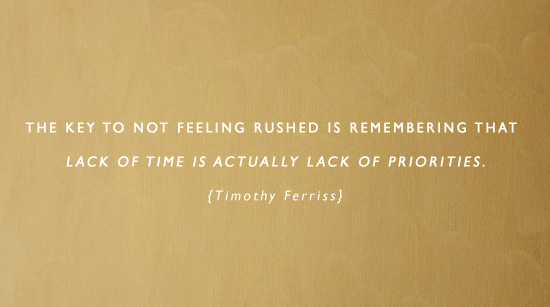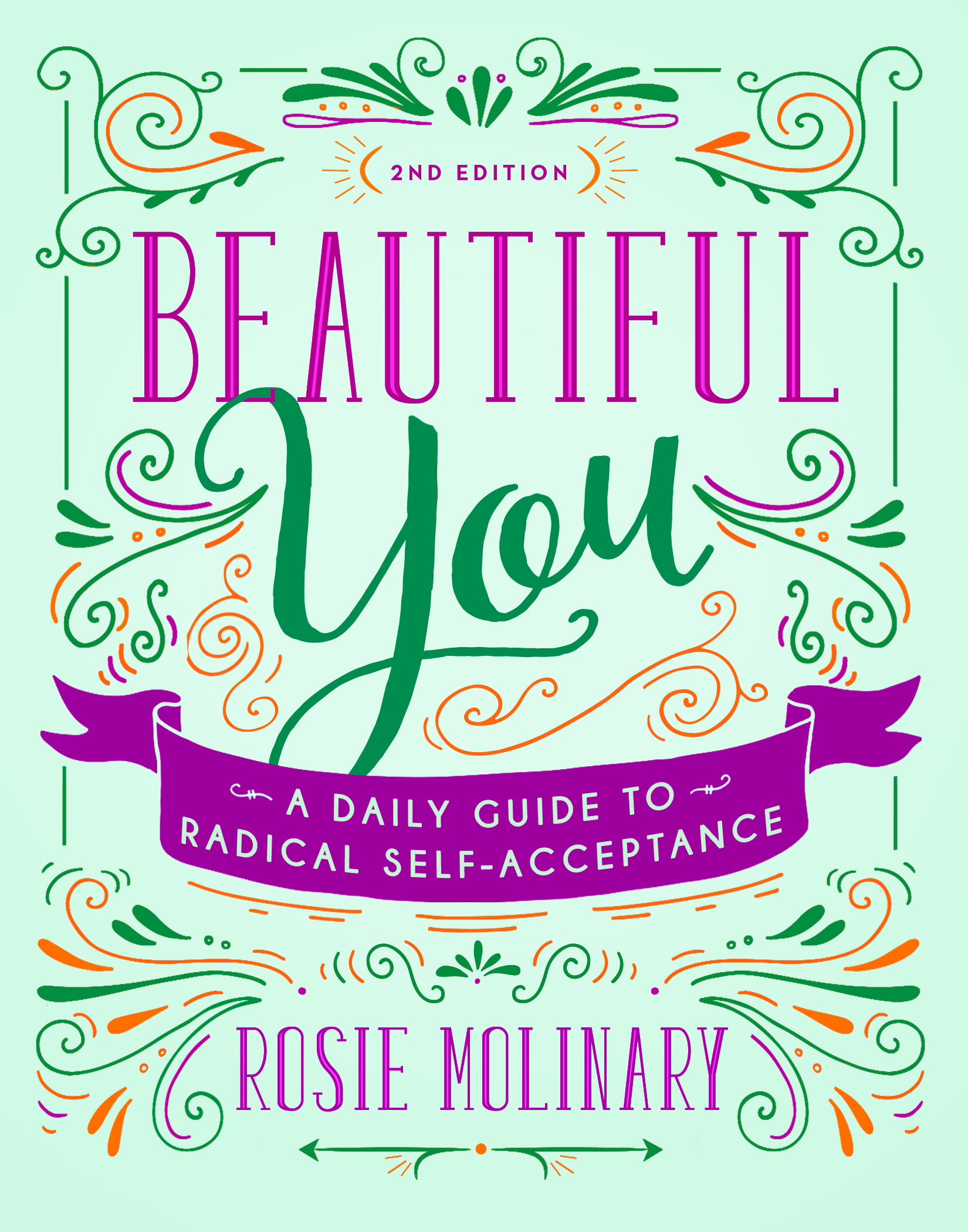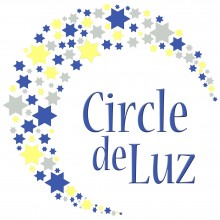There are the things we want to do and the things we have to do and, sometimes, it feels impossible to make room for both.
I get that. I’ve been there. I am sometimes still there.
But perhaps because I try really hard to address the tension between the two and to come out on top, how to address the want and the need to dos was a big question you all had in the organizational needs survey you answered a couple weeks ago (Want to share your needs around organization with me? Go ahead. I am trying to tackle at least one need area a week-where I have experience- on the blog).
So, here it is, my very direct suggestions on how to merge wants and needs into a tool that you can use to craft your life, fill your time, and grow your being (to get the most instruction, click through to the links to get more background on individual topics).
Step One. Know What You Need to Do.
Do you know, really know, what you need to do? And have you freed up your brain space from having to remember it all on its own?
As some of you might recall, last year, I learned that I had a significant B-12 deficit. A vitamin deficiency sounds like no big deal (or it did to me) but the way I knew to go to the doctor was because I was getting lost in familiar places, getting confused in easy conversations, experiencing expressive aphasia where I used not quite the right words to communicate (alarming for a writer), and forgetting simple things. While there were some mishaps because of the cognitive damage caused by my deficiency (and that damage persists today so don’t play around; get thee to a doctor regularly), it could have been much, much worse if I didn’t already have a system in place for keeping up with my work.
My big secret? A yellow legal pad.
I know, brilliant, eh?
But here’s the thing, on that notepad, I list every single “to do” item that comes to mind as it comes to mind. And then, whoosh, my brain doesn’t have to remember it anymore. This is good news for my not as strong as it used to be brain, but I think it is good for any brain. Because here is what I have found. Knowing that I have everything written down gives me a sense of relief and some breathing room. The space I free up in my brain from having to remember everything can now be utilized for brainstorming, problem solving, and the like. You know that panicky, am I forgetting something feeling? You won’t if you dump everything out into a list somewhere.
Some notes about the list: My yellow pad is organized by concept. There is professional to do list, a Circle de Luz to do list (this it the non-profit whose board I chair), a personal to do list, and a blog ideas list (always good when I sit down at the computer with no idea about what I wish to write). When something gets done off the list, I scratch it out. Once there a lot of scratches, I rewrite the list.
I like handwriting my list but you don’t have to do that. You can totally use Evernote or the Tasks feature in Outlook to keep your master to do list. The point is to get every responsibility down. I even have a list for repetitive tasks I need to do daily and weekly.
Step Two: Don’t Forget What You Want to Do.
This master to do list is going to become a bit like your mother ship. It is where you are going to go to plan your time. And who wants all of their time to be devoted to all work and responsibilities?
After you are done listing all those very adult responsibilities, take your list to the next level by infusing it with some life. What do you want to be doing? If you have a birthday list, include your birthday list items on your personal to do list (or whever they go as you may have some birthday list items that are related to professional goals). Do the same for any current goals or intentions. “Try stand up paddleboarding” is just as valid a list item as “update resume”.
Step Three: Don’t Forget What You Need to Do.
One of the most important tools you can create in a new year is a personal wellness prescription. If you haven’t done yours yet, go ahead and do it. Then include your wellness prescription list in your to do notebook. Self-care is just as important as anything else (and as I learned with my B-12 deficit can absolutely be the difference maker in your ability to accomplish anything else).
Step Four: Now, Set a Time for a Weekly Review and Do It.
The next step is to put your lists into action by conducting a weekly review. This review should happen at about the same time each week and is a chance for you to reflect on the current week and plan for the next one. While you look at the time you have available to you outside of meetings and other commitments, it is important not to just plan the professional tasks you wish to get done but also the personal tasks and dreams you want to get done. I plan what days I will work out in my weekly review. I also plan what meals we will have as a family. I consider whether or not I have the room to accomplish something from my birthday lists. The items on my personal to do list and wellness prescription get just as much consideration in my planning for the next week as my professional responsibilities. I can rarely work out their getting equal time but they do, at least, get equal consideration as I plan out my time. If I end a week and didn’t have any “fun” on the list, it is because I made that choice for that week and not because my dreams and hopes were out of sight and, hence, out of mind.
How do you keep track of what you need to do, what you want to do, and what you have to do? Can you see this system working for you?




this is so helpful! i have been having trouble getting my birthday list stuff done. in the summer it is pretty easy since i have the hubs home, but scheduling fun during the school year has not been as easy as i would like.
i need to better coordinate my lists. thank you!